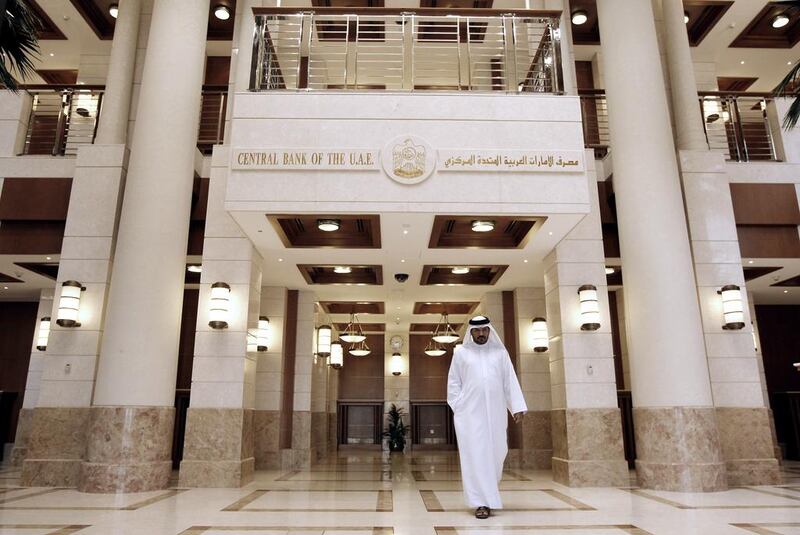The central bank of the UAE removed liquidity for the third straight month as an increase in deposits amid signs of economic improvement bolsters the banking industry.
It withdrew Dh12.3 billion in September, Dh3.1bn in August and Dh8.2bn in July, the official news agency WAM reported, citing figures from the central bank.
The bank's removal of the excess liquidity was accompanied by a rise in the sale of certificates of deposits (CDs), which in September rose to Dh126.64bn, the news agency said. In August, CDs rose to Dh114.4bn from Dh111.1bn in July and Dh102.8bn in June, according to WAM.
______________
Read more:
[ UAE sees strongest third quarter of non-oil activity in two years ]
______________
Analysts say when there is excess liquidity in the system, the central bank sells CDs to the banks to manage liquidity and domestic interest rates.
CDs are a key monetary policy tool for the UAE Central Bank. The UAE dirham's peg to the US dollar acts as constraint on the bank's ability to control monetary supply via interest rates, in common with central banks in other Arabian Gulf countries, with interest rate moves taking their lead from the US Federal Reserve.
“Part of the liquidity support can be unwound as eibor-minor spreads have narrowed,” said Jaap Meijer, the head of research at Arqaam Capital, the Dubai-based investment bank. “Across the GCC liquidity has eased due to higher oil prices and better funding mix to finance the remaining government deficits. This has resulted in better deposit margins for the banking sector in Saudi, UAE and Kuwait.”
No one at the UAE Central Bank was immediately available to comment.
UAE banks, like their regional peers, have been hit hard since the crash in oil prices in 2014, after which government deposits declined, pushing up interbank lending rates. Alex Thursby, the former chief executive of National Bank of Abu Dhabi, said in October 2015 that UAE banks had lost more than US$15bn in government deposits from September 2014, when the drop in oil price began to accelerate.
Money has begun to flow back into UAE bank coffers this year with the partial recovery of oil prices and the prospect of an uptick in economic activity in 2018 and beyond. Government spending on infrastructure projects ahead of Dubai's hosting of Expo2020 has given a boost to both the economy and banks, despite expectations of low loan growth this year.






